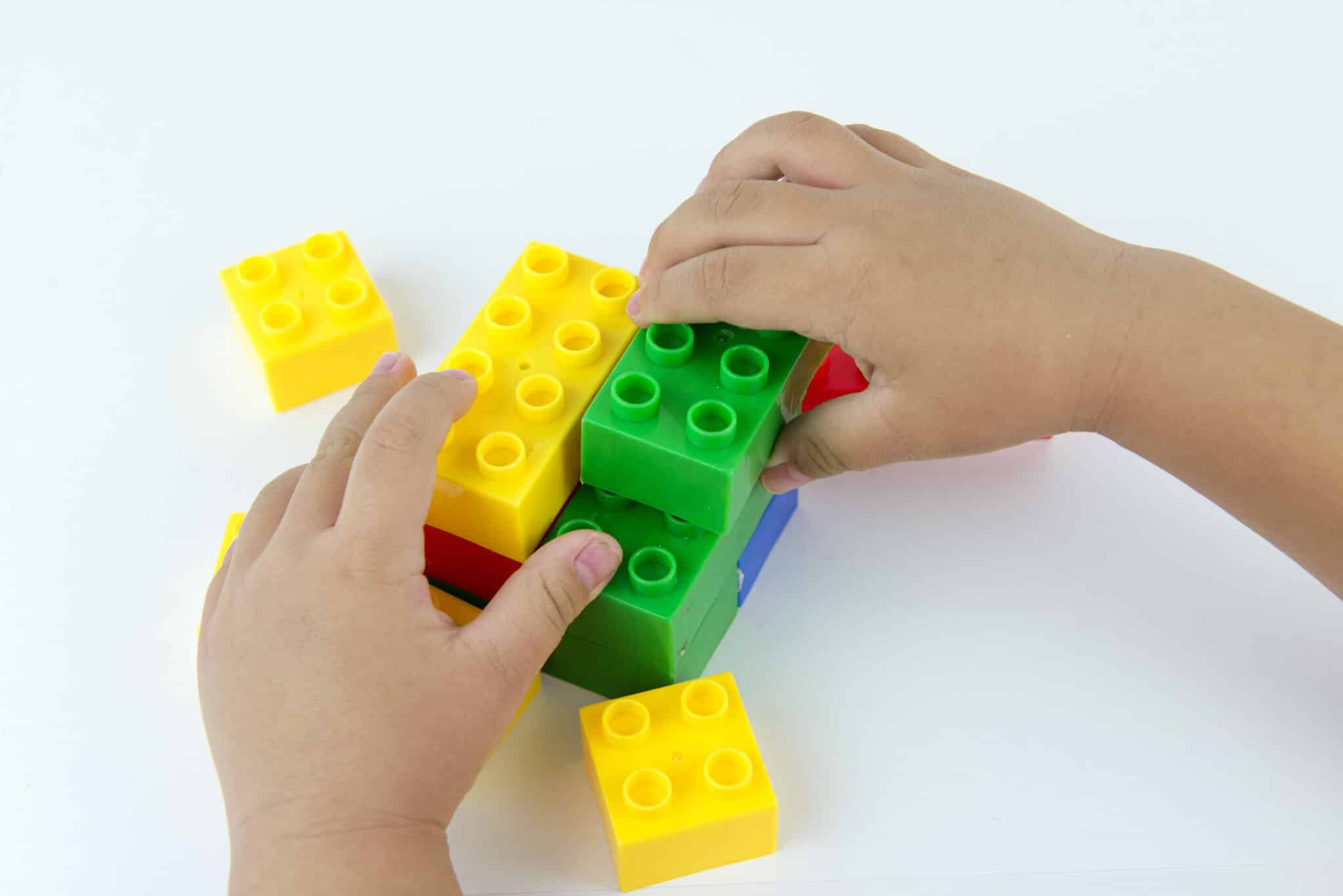What is Childhood Disintegrative Disorder?
Written By: Natalie Roberts, RBT
Reviewed By: Melanie Bren, BCBA, LBA

Childhood disintegrative disorder (CDD), also known as Heller’s syndrome or disintegrative psychosis is a rare condition in childhood. CDD is characterized by late onset, typically around 3 or 4 years of age, and affects development in various areas and skills. This complex disorder is a part of the larger developmental disorder category of autism spectrum disorder (ASD).
In May 2013, childhood disintegrative disorder and other subtypes of pervasive developmental disorder, or PDD. were combined into the diagnostic criteria for autism spectrum disorder, which is where it is currently grouped in the Diagnostic and Statistical Manual of Mental Disorders, 5th Edition (DSM-5).
Childhood disintegrative disorder is extremely rare with an incidence of 1.7 in 100,000 children according to epidemiological surveys of autism and other pervasive developmental disorders.
Symptoms of Childhood Disintegrative Disorder
Children that are diagnosed with childhood disintegrative disorder generally show normative development up until age 3 or 4. Once diagnosed there are sudden and severe reversals or delays in functions of language, social skills, motor skills and more.
The regression can include previously acquired skills and can sometimes be misdiagnosed as hallucinations. Regression can also be incredibly rapid, including skills that were once a daily occurrence. Between the ages of 2 and 10, skills acquired are lost almost completely in a minimum of two of the six functional areas.
The six functional areas include expressive language skills, which include being able to produce speech or communicate messages effectively, receptive language skills, which is both listening and understanding what is communicated to comprehend language, social skills and self-care skills, control over bowel and bladder movements, play skills, and motor skills.
There can also be lack of typical functioning or impairment of function in at least two of three areas. These three areas include social interaction, communication, and repetitive behavior and interest patterns. CDD can be characterized as more severe sensory processing symptoms rather than severe cognitive impairments.
Those diagnosed with CDD may have more severe speech pathology needs and may not respond well to stimulants comparatively to those diagnosed with autism spectrum disorder. Not all children diagnosed have the same symptoms and the degree of regression or delay can vary depending on each individual case.
What is the cause of Childhood Disintegrative Disorder?
Much like autism spectrum disorder, there is not a known cause of childhood disintegrative disorder. A Mayo Clinic report indicates: “Comprehensive medical and neurological examinations in children diagnosed with childhood disintegrative disorder seldom uncover an underlying medical or neurological cause. Although the occurrence of epilepsy is higher in children with childhood disintegrative disorder, experts don’t know whether epilepsy plays a role in causing the disorder.” This suggests that childhood disintegrative disorder is very commonly diagnosed with epilepsy as well, which has its own treatment.
CDD has also been associated with other conditions commonly. These conditions include diagnoses such as lipid storage diseases which may affect the brain and nervous system, subacute sclerosing panencephalitis which is a chronic infection of the brain, tuberous sclerosis, which is a genetic disorder causing tumors in the brain and other vital organs, leukodystrophy, in which the development of the myelin sheath is abnormal causing negative impact to the brain.
Again, there is no clear cause of CDD, much like autism spectrum disorder. While these conditions are comorbid with childhood disintegrative disorder, none of them are thought to be a cause for the disease. Researchers have not found success in looking for a cause and due to similarity, it is thought to be a mild form of autism spectrum disorder.
Treatment
Due to the tremendous impact of severe or sudden reversals or delays in the essential skills such as the skills mentioned previously, treatment is pertinent and can make a tremendous difference. There are various different ways to treat childhood disintegrative disorder, or rather, the symptoms, as there is no known cure at this time. While some of the treatments for childhood disintegrative disorder are similar to the treatment of autism spectrum disorder and some are medicinal.
The first, and most effective, treatment for CDD is behavior therapy. Particularly, Applied Behavior Analysis, or ABA. ABA is considered the most successful treatment for ASD and CDD. ABA is focused on improving the quality of life by teaching clients diagnosed with these disorders’ life-skills, independence, and replacing behaviors that could be potentially harmful to the client.
Many of the goals that are focused on in ABA are related to skills that may have been reversed or delayed due to the diagnosis of childhood disintegrative disorder. Skills worked on in ABA include language, social skills, motor skills and other domains that will enable children diagnosed with CDD to thrive and encourage success in all aspects of their life
Another kind of treatment that is common among those diagnosed with childhood disintegrative disorder is medication. While there are not any medications that can directly treat CDD due to being unaware of the cause and therefore unable to treat, there are various medications that can be used to treat other symptoms of this disorder. Antipsychotic medications are used to treat potentially dangerous behavioral patterns and anticonvulsant medications are commonly prescribed to treat and control seizures.
Long Term Effects
Loss of skills often reach a sort of plateau around age 10. Children eventually tend to have similarities to those diagnosed with autism spectrum disorder, and therefore, have similar outcomes. While there are effects on intellectual function, self-sufficiency and adaptive skills, getting the right treatment can be incredibly helpful.
With the correct treatment, those diagnosed with childhood disintegrative disorder can have acquire skills that change the value of their life for the better and help them live an autonomous life. While CDD can cause severe impairment, there has been success in retention of skills and abilities. It is important to remember that there is no cure, as of now, but that does not mean that there are many options that are available to help each child diagnosed with childhood disintegrative disorder thrive.
Date Posted:
April 12, 2022
Share this blog
Categories
Recent Blog Posts








